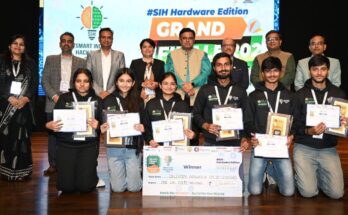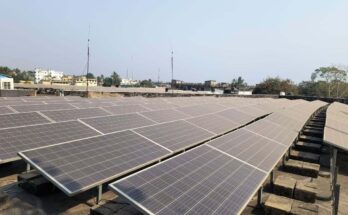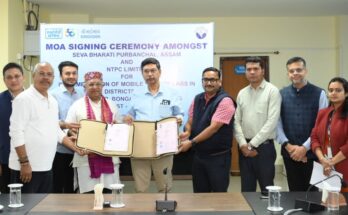By Nirendra Dev
Just as Prime Minister Narendra Modi returns home wrapping up his Japan visit meeting top global leaders including President Donald Trump, the likes of Vladimir Putin and other Asian giants, what gets reflected is India’s new found dynamic and ever changing foreign policy road-maps.
On one side, what used to be onetime rival, China today has more “common ground” with India than its friends and ‘strategic partners’ such as the United States and Japan.
On the other hand, in terms of New Delhi’s ties with Moscow, as of now the Modi government has clearly given a hint that despite CATSA, it is willing to do business with Russia and the procurement of S-400 defence system is very much on table. The US may not like it.
The Prime Minister has also been firm about his government’s stance on data flow and also 5G.
Reference to foreign secretary Vijay Gokhale’s statement before journalists at Osaka make it clear that on both these points — India has not given away much leverage to the Trump administration.
In fact on data flow, India’s stand could have upset Modi’s ‘personal friend’ Shinzo Abe (Japanese PM) who wanted to push ‘Osaka Track’ at the main Summit but having sensed the ‘resistance’ from India, Indonesia and South Africa later decided to have it adopted at a ‘downgraded’ event.
Gokhale articulated well saying that “the Prime Minister outlined (during talks with Trump) that we are going to be a billion users of 5G technology and in that sense India is the second largest market in the world. The way India moves or the way whatever choices India makes will essentially determine the way the global trend will go”.
This implies China’s Huawei outfit is not being discarded from doing business in India. The Indian government has faced some pressure from the Americans to ban the Chinese company from its 5G development and deployment due to security concerns.
With regard surface to air missile system S-400, in tightrope walk both Modi and President Trump did not speak on the issue.
“The S400 issue was not discussed, there was an issue of time constraint here,” remarked Mr Gokhale on June 28 after Modi-Trump meet and also suggested that India remains firm with the stand taken by External Affairs Minister Dr S Jaishankar during Secretary of State Mike Pompeo’s visit that New Delhi will be guided by national interests.
“…,so that’s where it stands, no discussion took place,” Gokhale remarked.
However, it would be erroneous to suggest that India is taking any adversarial role vis-a-vis the US.
In fact, the body language between Modi and Trump even on the sidelines of G20 suggested that the warmth remains undiluted.
Gokhale said: “No one issue is going to impact on the larger strategic relationship between India and United States. This is a relationship which is deep, which is broad”. For his part Trump was also categorical in stating that – “our countries have never been closer. I can say that with surety.”
Over all, Modi’s foreign policy has remained personality focus with himself trying to strike personal rapport with leaders including from France, Japan, Russia, African nations, Maldives,Indonesia and Saudi Arabia.
Till April 2019 since he took over in May 2014, Mr Modi had traveled 57 countries and made 92 over seas trips.
His detractors would be asking what did he gain for India. One thing is certain that India’s global foot print has enhanced and in terms of FDI and other big ticket results certain projects too have come.
With Japan, India is building a bullet train between Ahmedabad and Mumbai, but there are issues of land acquisition and thus the slow pace.
The Modi government has convinced world’s biggest oil exporter Saudi Aramco to invest in India’s largest oil refinery and strategic oil reserves are being kept filled reducing the strain. India also started purchasing crude and liquefied natural gas cargoes from the U.S and oil assets have been secured also with pacts with Russia.
On the whole ever since he took over, his previous foreign minister Sushma Swaraj was ‘sidelined’ – a perception even Ms Swaraj was asked to clarify during an annual press conference.
It would not be wrong to say Mr Modi remains the ‘diplomat in chief’ of his government even in the second term hugging world leaders and Prime Minister ensuring his constant presence in regional and global meets.
He has G7 meet to attend in near future in France and would be visiting Vladivostok in early September as the Chief Guest for the Eastern Economic Forum at the invitation from Mr Putin.
He would be hosting Chinese President Xi Jinping this year for second informal Summit too and likely to visit Saudi Arabia as well.
The international cooperation on Masood Azhar remains a key achievement, sources said.
In December 2018 – four months before the general elections, a key diplomatic source had said – “Task navigating will be a major task for Prime Minister Modi and his government in 2019 and beyond….Given good relations with Russia and also the US, there will be pulls and expectations that we will be on their side, in the coming years there will be pressure to keep the right balance”.
Not much has changed.




